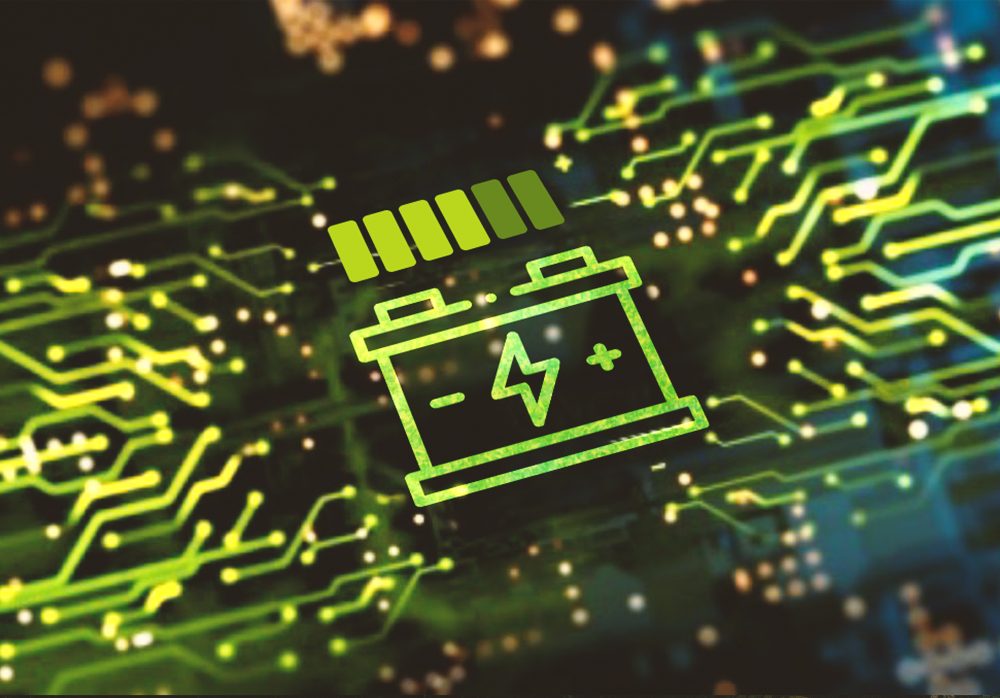Lithium-ion batteries are the most popular energy storage solution for a wide range of applications, from electric vehicles to portable electronics. However, designing lithium-ion battery packs is not a straightforward task. There are several challenges that designers face, from safety issues to optimizing performance and reliability. In this blog, we will discuss some of the common challenges and solutions in designing lithium-ion battery packs.
Let’s explore the challenges first:
A. Safety
Safety is the foremost concern in designing lithium-ion battery packs. Lithium-ion batteries are prone to overheating and can catch fire or explode if not designed and managed properly. The safety risks associated with lithium-ion batteries can be mitigated by implementing several safety features, including
- Battery Management System (BMS): A BMS monitors and manages the battery pack’s performance, including temperature, voltage, and current. It also ensures that the battery pack stays within its safe operating limits.
- Thermal Management: Proper thermal management, including cooling and heating systems, can prevent thermal runaway and overheating.
- Cell Balancing: Cell balancing ensures that each cell in the battery pack is charged and discharged equally, preventing overcharging and over-discharging.
- Enclosure Design: The battery pack’s enclosure should be designed to prevent physical damage to the cells and protect them from external factors such as water and dust.
B. Performance
Performance is another critical factor in designing lithium-ion battery packs. The battery pack’s performance is affected by several factors, including
- Battery Chemistry: The choice of battery chemistry affects the battery pack’s energy density, power density, cycle life, and safety.
- Cell Configuration: The cell configuration, including the number of cells and their arrangement, affects the battery pack’s voltage, capacity, and power output.
- Packaging Design: The packaging design, including the material and shape of the enclosure, affects the battery pack’s weight, size, and heat dissipation.
To optimize the battery pack’s performance, designers must carefully select the battery chemistry and cell configuration that best meets the application’s requirements. They must also consider the packaging design to ensure that the battery pack’s weight and size are minimized while maximizing heat dissipation. Here are some of the solutions one can implement when designing lithium-ion battery packs:
A. Reliability:
Reliability is essential in designing lithium-ion battery packs. The battery pack’s reliability is affected by several factors, including
- Quality Control: The quality control process ensures that each cell in the battery pack meets the required specifications and is free from defects.
- Testing: Testing the battery pack before and after assembly ensures that the pack meets the performance and safety requirements.
- Manufacturing Process: The manufacturing process should be designed to minimize defects and ensure consistency in the production process.
- Designers must ensure that the battery pack’s manufacturing process is optimized for reliability and that each cell is carefully tested and inspected before assembly.
B. Cost:
Cost is a significant factor that affects the adoption of lithium-ion battery packs in various applications. The cost of lithium-ion battery packs is affected by several factors, including the battery chemistry, cell configuration, and manufacturing process.
To reduce the cost of lithium-ion battery packs, designers can consider using alternative battery chemistries or cell configurations that are more cost-effective. They can also optimize the manufacturing process to reduce the cost of production.
C. Environmental Impact:
Lithium-ion batteries have a significant environmental impact, primarily due to the extraction and processing of raw materials used in battery production. Designers can reduce the environmental impact of lithium-ion battery packs by using recycled materials or alternative materials with a lower environmental impact. They can also design the battery pack to be easily disassembled and recycled at the end of its life.
D. Energy Density:
Energy density is an important factor in the design of lithium-ion battery packs for electric vehicles and other applications. Higher energy density means that the battery pack can store more energy in the same size and weight, leading to longer driving ranges for electric vehicles. Designers can optimize the battery chemistry and cell configuration to increase the energy density of the battery pack.
In conclusion, designing lithium-ion battery packs is a challenging task that requires careful consideration of safety, performance, reliability, cost, environmental impact, and energy density.
At Evolute Cleantech Solutions, we constantly provide top notch battery solutions by regularly conducting meticulous tests in our QC department such as the OCV tests, etc. This is coupled with generating FQC report that gives us a detailed understanding of the products’ quality. We ensure that high-quality BIS-approved cells are used & our Battery packs are EV grade and compliant as per AIS-156 (Part–2) Amendment-3





